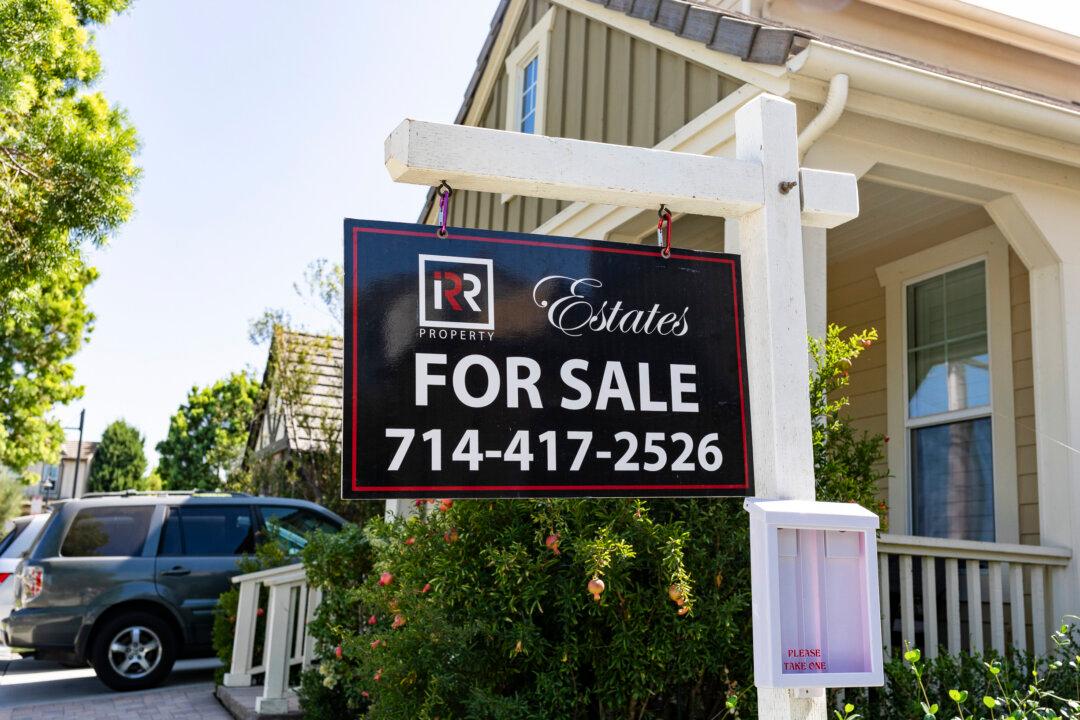A housing project has put up 3D-printed homes for sale in the Austin region, which is said to be the first such project in the United States.
The project, first announced by construction startup Icon last year, is being built at Wolf Ranch, a master planned community in the city of Georgetown, Texas, located 25 miles north of Austin. Icon has partnered with home builder Lennar to construct the 100-home community through an additive construction process where the house is constructed layer by layer using 3D-printing technology.





